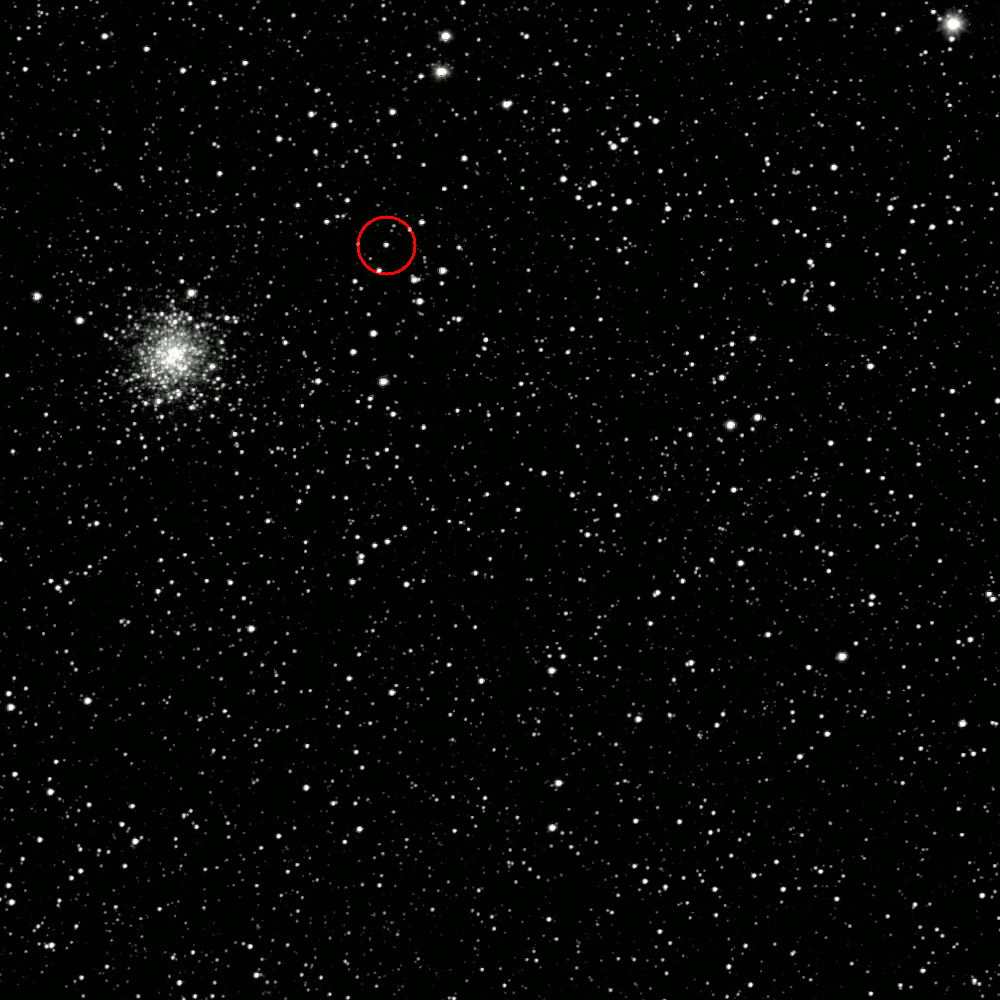Emily Lakdawalla • Jun 10, 2014
Rosetta update: Both "big burns" completed successfully
Rosetta is now in the final phase of its approach to comet 67P/Churyumov-Gerasimenko after a decade-long journey. Usually, when you steer a spacecraft to a planet, you can use the planet's gravity to help capture you into orbit. But a comet is so lacking in mass that it provides no help to your navigation. In order for Rosetta to enter orbit, the spacecraft has to do all the work to precisely match the size, shape, and orientation of its orbit to the comet's. The final phase of the approach includes a series of rocket burns to brake Rosetta to the right speed. The two largest burns have now succeeded, and Rosetta reported this morning via Twitter that the second burn was close to perfect.
| Date | Planned Delta-v (m/s) | Actual Delta-v (m/s) | Midpoint of burn (UTC) | ROS/67P dist (km) | Relative velocity (m/s) |
|---|---|---|---|---|---|
| May 7 | 20 | 20 | 16:45 | 1,918,449 | 775.1 |
| May 21 | 290.89 | 289.59 | 19:08 | 1,005,056 | 754.1 |
| June 4 | 269.5 | 269.49 | 17:48 | 425,250 | 463.0 |
| June 18 | 90.76 | 14:31 | 194,846 | 192.1 | |
| July 2 | 58.80 | 12:57 | 51,707 | 101.3 | |
| July 9 | 24.91 | 11:57 | 22,314 | 43.0 | |
| July 16 | 10.65 | 11:12 | 9,590 | 18.4 | |
| July 23 | 4.62 | 10:30 | 4,126 | 7.9 |
Rosetta is now closing on the comet at a rate of about 17,000 kilometers per day, and is less than 300,000 kilometers away. The comet started showing activity, growing a coma, in April, so I had hoped to accompany this update with some new photos of the increasingly large coma. Alas, ESA has released no images; their media relations team didn't respond to a question I sent them yesterday about when we might expect more. So the only photos I have to show you are the ones I posted a month ago. I know they have images, because they use them for optical navigation.

When should Rosetta start actually resolving the comet as a disk? The Rosetta OSIRIS Narrow Angle Camera has pixels that are 0.0186 milliradians across. The comet has a nucleus about 4 kilometers across. The nucleus should subtend one pixel when Rosetta is about 200,000 kilometers away. Rosetta will close to that distance at about the same time as the next rocket burn on June 18. It takes more than one pixel to start resolving details on the nucleus, though. Maybe when it's about 10 pixels across we'll start discerning a lump here or a bump there. That won't happen until the second week of July. I can't wait to see what it looks like! I hope they show us some photos.
The Time is Now.
As a Planetary Defender, you’re part of our mission to decrease the risk of Earth being hit by an asteroid or comet.
Donate Today

 Explore Worlds
Explore Worlds Find Life
Find Life Defend Earth
Defend Earth

